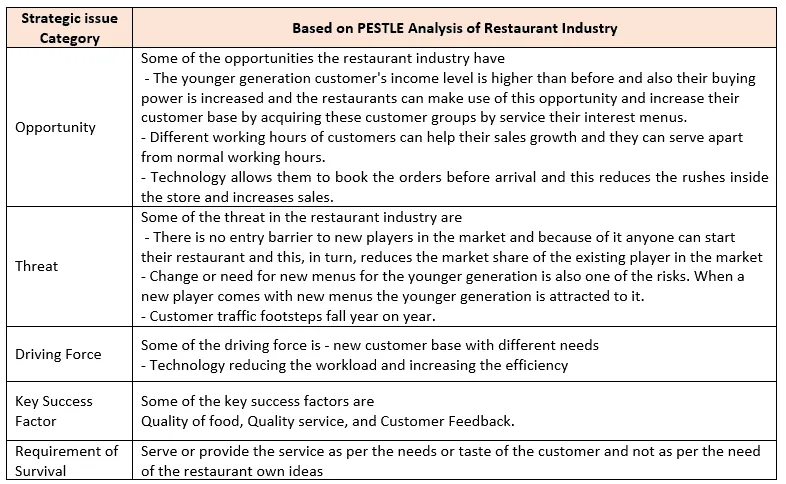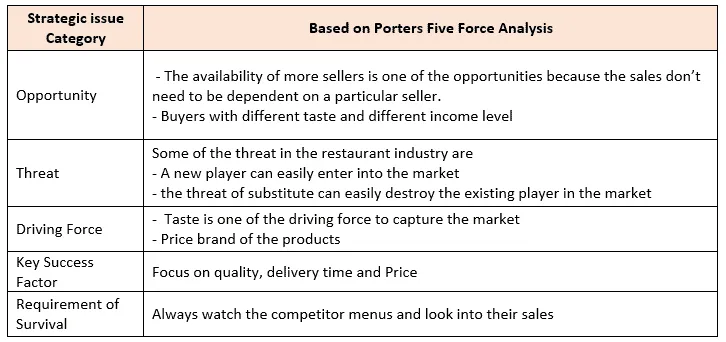Tim Hortons Inc. - Case Solution
In August 2014, the board of directors of Tim Hortons Inc. agreed to the company's acquisition by 3G Capital, a big Brazilian investment company. The latter is currently holding two-thirds of Burger King. This move by the company was premised on its need to expand globally to various parts of the world apart from their current presence. It was mainly the reason for them agreeing to get acquired by a Burger King investor. Was it a good move in its quest to be recognized and compete globally?
Case Questions Answered
- Prepare an external analysis of Tim Hortons Inc. using PESTLE and Porter's Five Forces.
- Prepare an internal analysis using Resource and Value Chain Analysis.
- What are the existing issues?
- Should the company continue the existing franchise business model in Canada or come up with a new strategy to capture the US Market?
This case solution includes an Excel file with calculations that will be available after purchase.
This case solution includes an Excel file with calculations.
1.0 Introduction – Tim Hortons Inc.
Tim Hortons Inc.’s restaurant first opened in 1964 in Canada. Tim Hortons was mainly focused on the franchise business, and the stores were available in Canada, the United States of America, and the Gulf Corporation Council. The products they were selling were coffee, baked items, lunch, and breakfast.
The company comes under the quick-service restaurant type, where customers come and either eat there or take the food with them. In quick-service restaurants, the amount is paid first, and the food items are delivered to the customers. It is the opposite of a full-service restaurant.
The company’s board of directors in August 2014 agreed to get acquired by a big Brazilian investment company, 3G Capital, which is currently holding two- thirds of Burger King. Tim Hortons Inc. wanted to expand globally to various parts of the world apart from their current presence. It was mainly the reason for their agreeing to get acquired by a Burger King investor.
2.0 Strategic Context
2.1 External Environment

The Porter Five Force model helps in the detailed understanding of the restaurant industry from a different point of view.

2.2 Internal Environment
The competitive advantage of Tim Hortons Inc. based on the resource analysis:
Complete Case Solution
Get immediate access to the full, detailed analysis
- Comprehensive answers to all case questions
- Detailed analysis with supporting evidence
- Instant digital delivery (PDF format)
Secure payment • Instant access
By clicking, you agree to our Terms of Use, Arbitration and Class Action Waiver Agreement and Privacy Policy